Archives
- 2025-10
- 2025-09
- 2025-03
- 2025-02
- 2025-01
- 2024-12
- 2024-11
- 2024-10
- 2024-09
- 2024-08
- 2024-07
- 2024-06
- 2024-05
- 2024-04
- 2024-03
- 2024-02
- 2024-01
- 2023-12
- 2023-11
- 2023-10
- 2023-09
- 2023-08
- 2023-07
- 2023-06
- 2023-05
- 2023-04
- 2023-03
- 2023-02
- 2023-01
- 2022-12
- 2022-11
- 2022-10
- 2022-09
- 2022-08
- 2022-07
- 2022-06
- 2022-05
- 2022-04
- 2022-03
- 2022-02
- 2022-01
- 2021-12
- 2021-11
- 2021-10
- 2021-09
- 2021-08
- 2021-07
- 2021-06
- 2021-05
- 2021-04
- 2021-03
- 2021-02
- 2021-01
- 2020-12
- 2020-11
- 2020-10
- 2020-09
- 2020-08
- 2020-07
- 2020-06
- 2020-05
- 2020-04
- 2020-03
- 2020-02
- 2020-01
- 2019-12
- 2019-11
- 2019-10
- 2019-09
- 2019-08
- 2019-07
- 2019-06
- 2019-05
- 2019-04
- 2018-11
- 2018-10
- 2018-07
-
In the intestine absorbed cholesterol can either be
2019-09-27
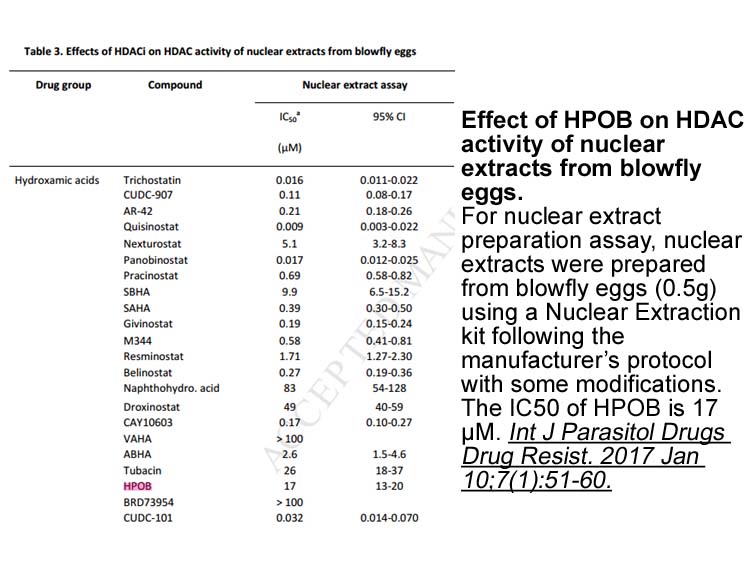
In the intestine, absorbed cholesterol can either be esterified by ACAT2 (Soat2) and packed into chylomicrons, transported back to the intestinal lumen by ABCG5/ABCG8, or it can be transported into HDL by ABCA1. ACAT2 is confined to enterocytes and hepatocytes and esterifies cholesterol for intracel
-
br Membrane receptor Indirect non genomic signaling
2019-09-27
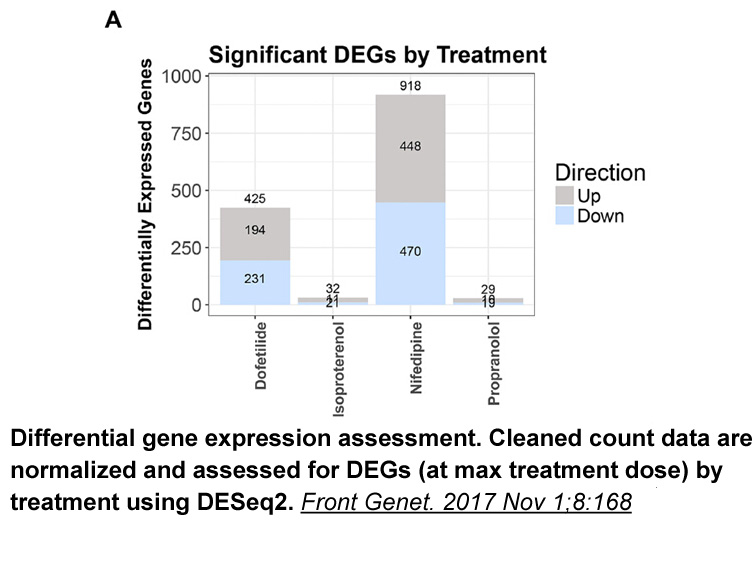
Membrane receptor: Indirect non-genomic signaling As mentioned above, not all lipoxygenase inhibitor responses fit the classical genomic model of steroid action. The observation of excessively fast estrogen-induced biological responses led to the development of the hypothesis that estrogen could
-
EP receptors belong to the family of G protein coupled
2019-09-27
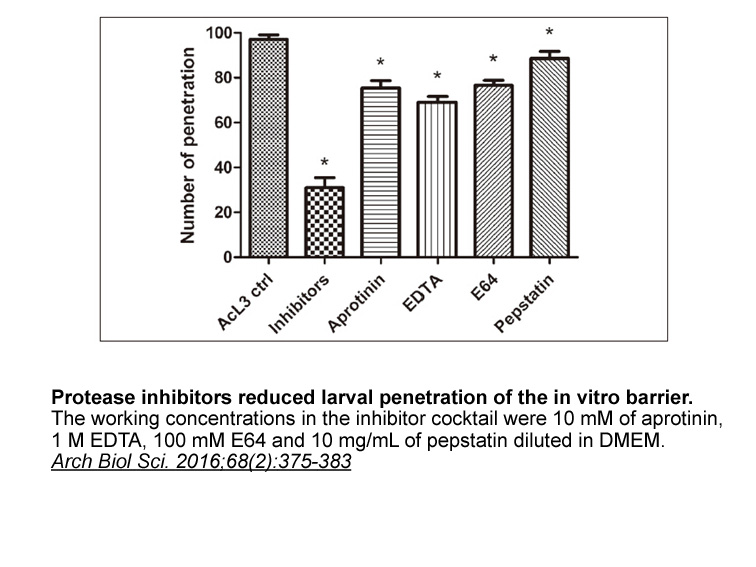
EP1–4 receptors belong to the family of G protein-coupled receptor (GPCR). Trafficking events such as externalization, internalization, recycling and degradation dynamically regulate GPCR cell surface density. A fast-rate of internalization and degradation reduces GPCR surface density to desensitize
-
It was demonstrated that ET signaling is the primary axon
2019-09-26
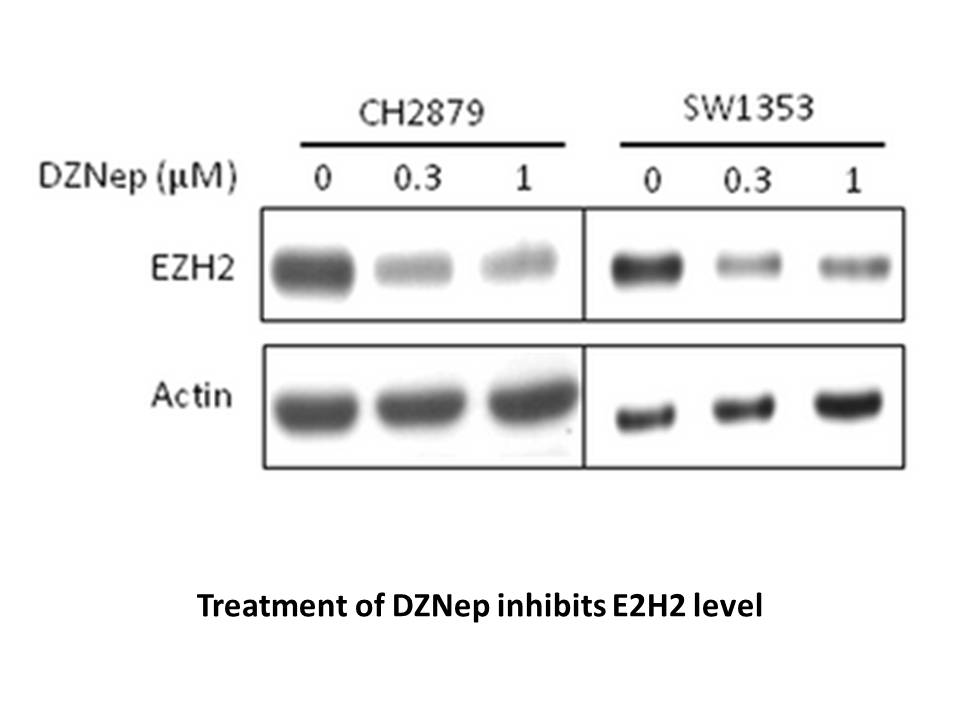
It was demonstrated that ET-1 signaling is the primary axon guidance mechanism that accounts for sympathetic innervation of the sinoatrial node and myocardium in the developing mouse heart [11]. In this article, we will review the findings relating to the basic profiles; i.e. molecular features of
-
br DGAT protein interactions Although DGAT and DGAT are
2019-09-26

DGAT-protein interactions Although DGAT1 and DGAT2 are membrane proteins of the ER, the ER contains within its extensive three-dimensional network different, unique structural and functional protein domains that arise from the non-uniformity imposed on it by the intracellular structures it intera
-
The present study sought to determine
2019-09-26
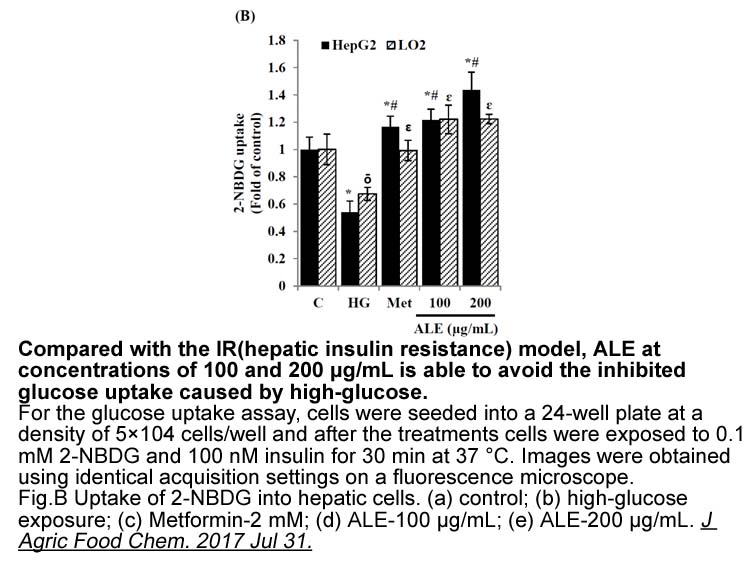
The present study sought to determine if chlorodifluoroacetophenones, such as 3 and 4, were amenable to a radiolabelling methodology to generate potential 18F imaging agents with high cholinesterase affinity. A number of procedures have been reported for the synthesis of trifluoromethyl ketones, inc
-
br Acknowledgments This research was financially supported
2019-09-26
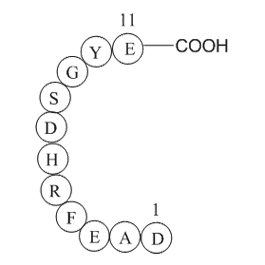
Acknowledgments This research was financially supported by National Natural Science Foundation of China, Nos. 31500926 and 81503282, Natural Science Fund of Guangdong Province, No 2014A030310023, Science and Technology Plan of Guangdong Province, Nos. 2014A020212309, 2013B010404044, 2017A01010501
-
Hydroxy Bupropion Materials and methods Construction of the
2019-09-26

Materials and methods Construction of the Chk-YB-1b-Neo vector. Approximately 107 plaques from a chicken genomic library established in EMBL3 vector (Clontech Palo Alto, CA) was screened and one clone containing a 12kb insert was selected. Digestion of this clone with SalI and EcoRI restriction enz
-
Raloxifene is a second generation SERM
2019-09-26
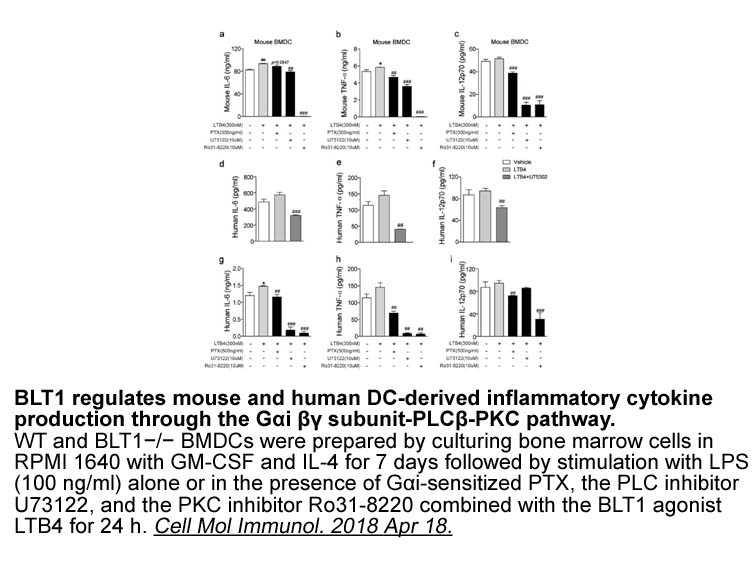
Raloxifene is a second generation SERM that has tissue-specific effects that differ from those of tamoxifen. Raloxifene was marketed for prevention and treatment of osteoporosis in postmenopausal women in the US and Europe. In a phase II randomized double-blind study, tamoxifen and raloxifene were e
-
br Target enzyme attributes and substrate peptide
2019-09-26
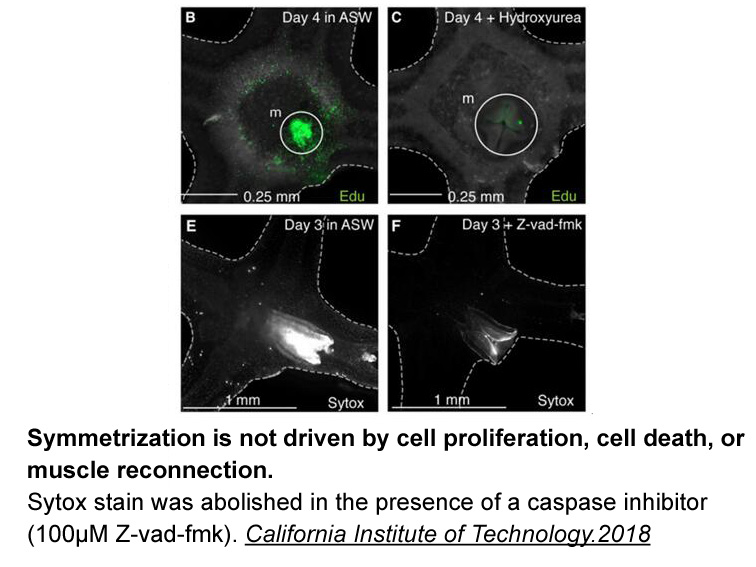
Target enzyme attributes and substrate peptide selection Protein kinases catalyze the phosphorylation of serine, threonine, and tyrosine residues in both proteins and peptides using ATP as the phosphoryl donor. The human kinome is comprised of 518 protein kinases and 40 lipid kinases. The vast ma
-
A wealth of studies support the key
2019-09-26
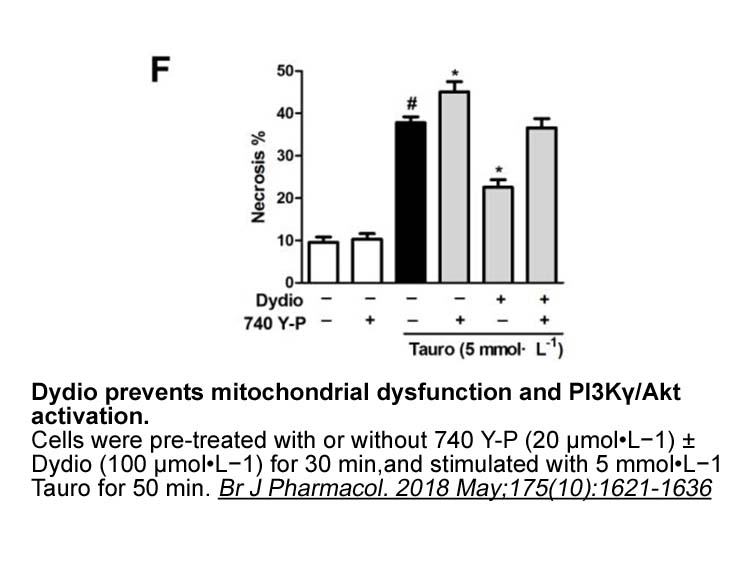
A wealth of studies support the key role of high NO in promoting higher blood flow and thus greater O2 delivery to working tissues in healthy Tibetans and thus partly compensate hypoxia induced low arterial O2 content [7,9,27]. We observed high eNOS mRNA, protein and enzyme activity in Ladakhi women
-
br Clinical potential of ET receptor
2019-09-26
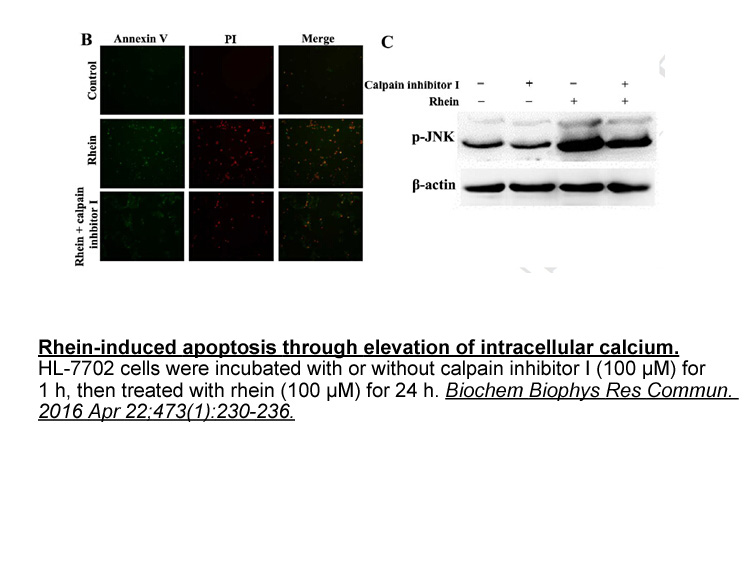
Clinical potential of ET receptor biased ligands Is there a clinical need for ET receptor biased ligands? Evidence is strongest from research in epithelial ovarian cancer demonstrating that ET-1 stimulated ETA-mediated β-arrestin signalling leads to activation of the oncogenic mediator NF-κB [21]
-
We propose that unlike other autophagy genes the specific
2019-09-26
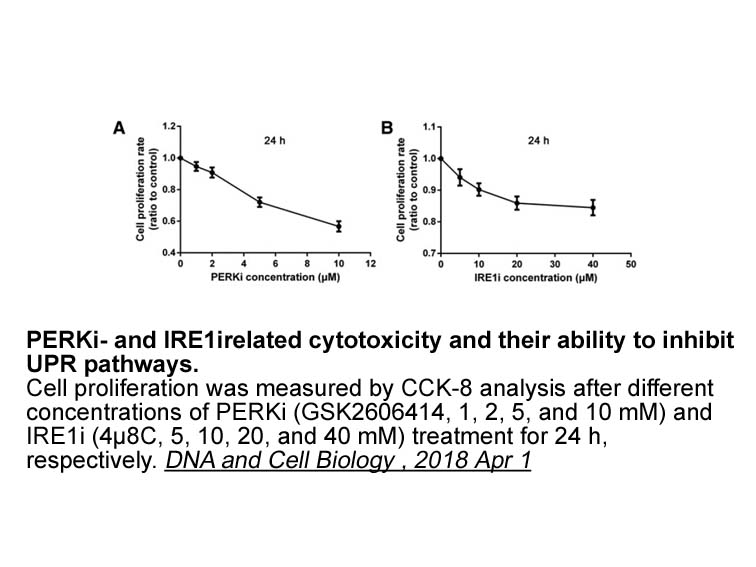
We propose that, unlike other autophagy genes, the specific increase in the expression of IRGM by pEIF2A plays a major role as a checkpoint allowing host cell survival by autophagy or host cell elimination by necroptosis. The localization of IRGM to the mitochondrial inner membrane, its ability to i
-
Enhanced oxidative stress has been suggested as the
2019-09-25
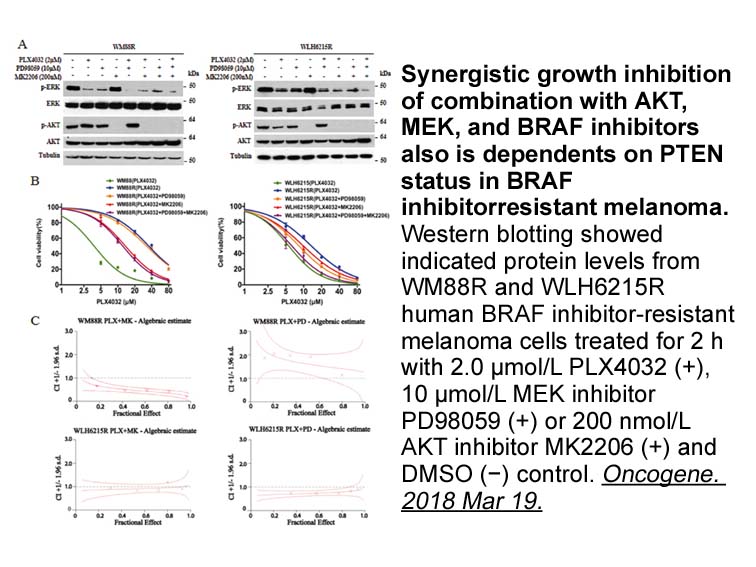
Enhanced oxidative stress has been suggested as the critical mechanisms of IS-produced muscle damage [41,42]. NAC as a direct reactive oxygen species ROS scavenger is frequently discussed in the clinical trials of radiocontrast-induced AKI prevention [43]. Despite some supportive epidemiological dat
-
With respect to bone metabolism
2019-09-25
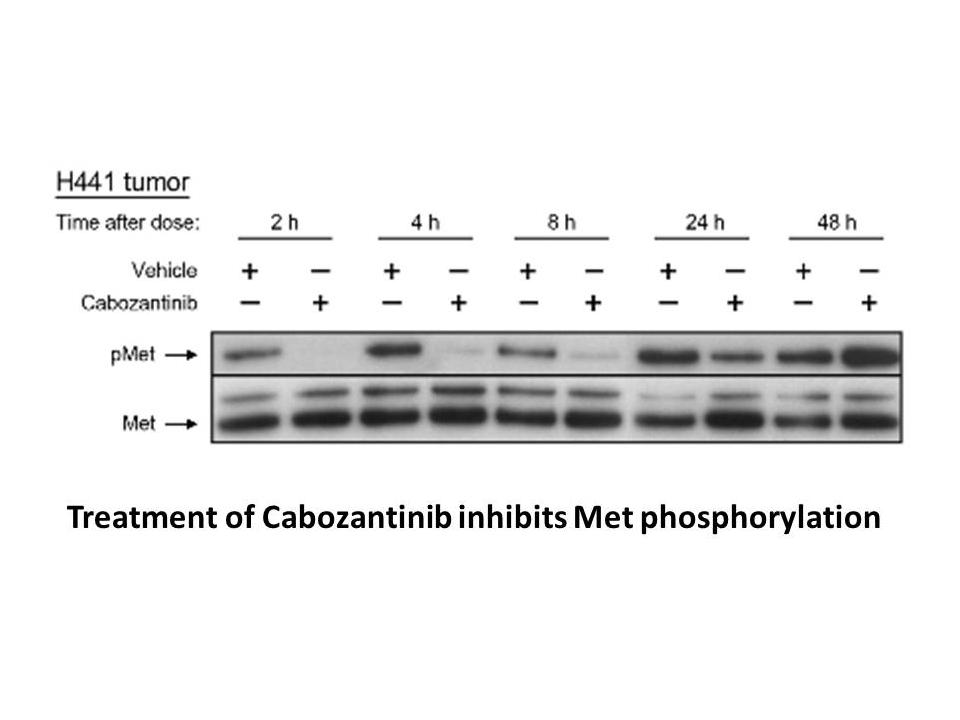
With respect to ‘bone metabolism and ossification’-related genes, treatment of SaOS-2 osteoblast-like BMX-IN-1 with MS-10 up-regulated IGFBP-4, TG2, and SOST. Up-regulation of IGFBP-4 in SaOS-2 cells inhibits DNA and protein synthesis induced by IGF-1 (Kudo et al., 1995, Kudo et al., 1996). In addi
16481 records 989/1099 page Previous Next First page 上5页 986987988989990 下5页 Last page